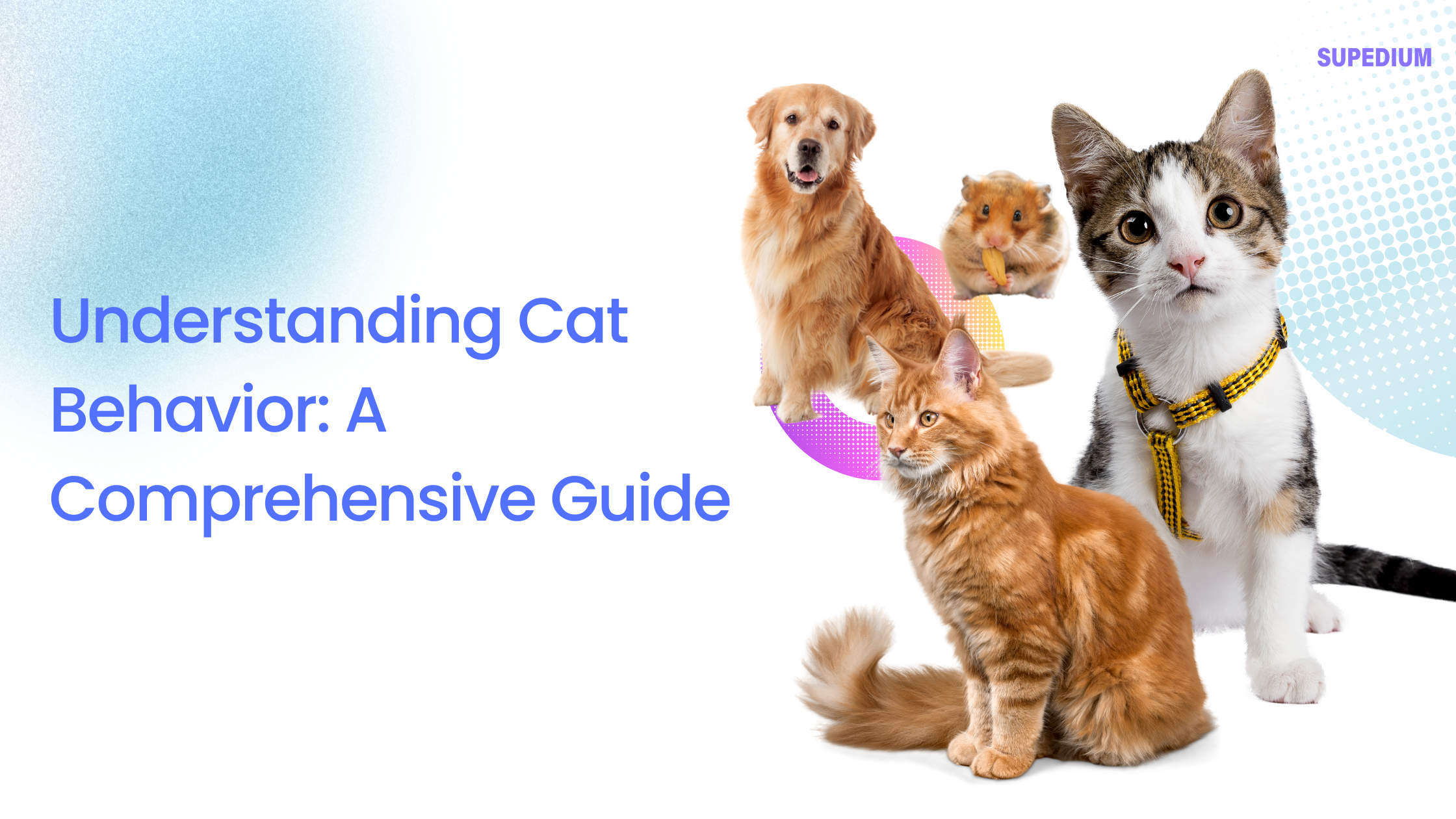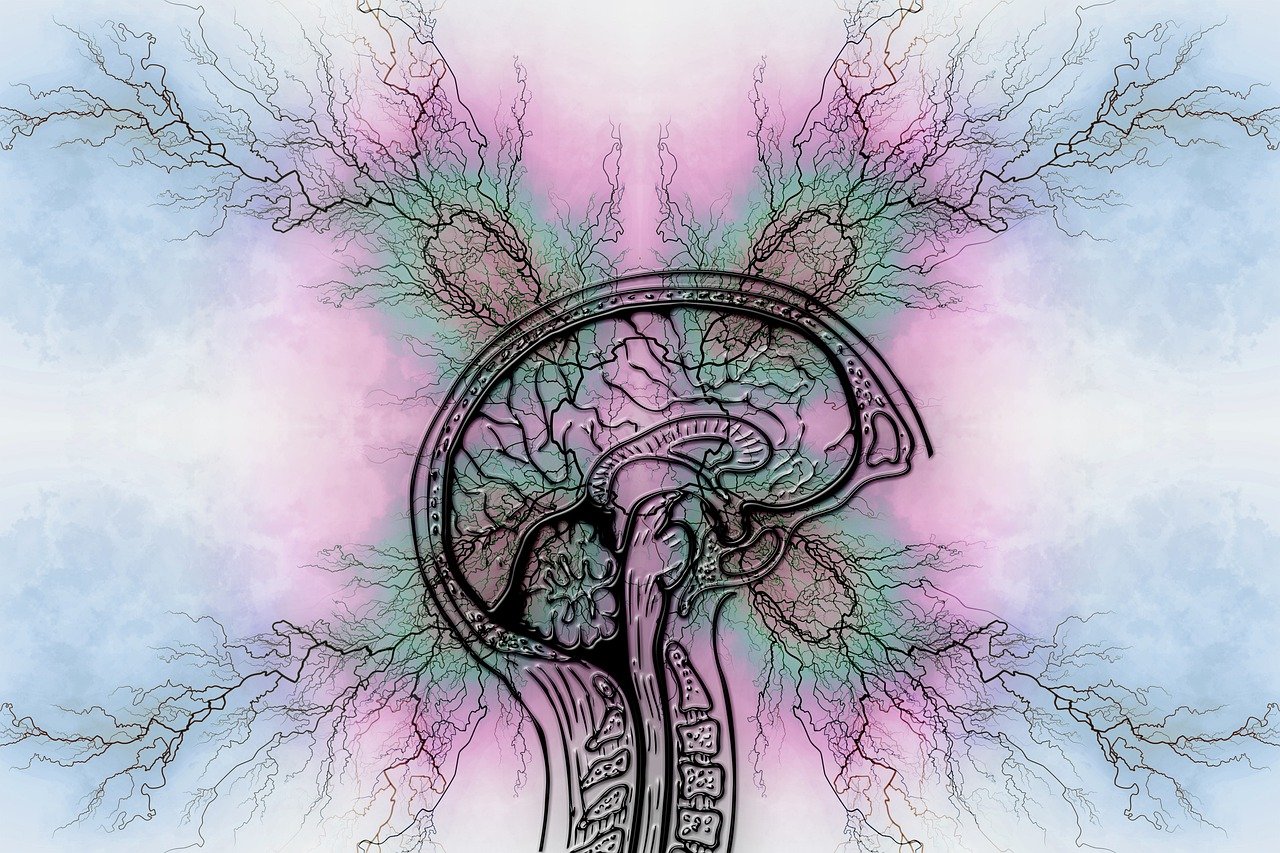Table of Contents
![]()
Cats are fascinating creatures with complex behaviors that can often puzzle their human companions. By delving into the intricacies of feline behavior, pet owners can foster a more harmonious relationship with their cats and address any behavioral issues that arise. This article provides an in-depth exploration of cat behavior, covering communication, social dynamics, play, and common behavioral problems.
I. Introduction
Understanding cat behavior is crucial for enhancing the human-animal bond and ensuring the well-being of feline companions. Cats have evolved with natural instincts that influence their actions, and domestication has shaped these behaviors in various ways. A thorough understanding of these behaviors not only improves the quality of life for cats but also helps owners address and prevent behavioral issues.
II. Feline Communication
A. Vocalizations
Cats communicate with humans and other animals through a range of vocalizations:
- Meowing: This sound is predominantly used by cats to communicate with humans rather than other cats. The pitch, frequency, and volume of meows can vary, reflecting different emotions or needs. For example, a high-pitched meow might indicate excitement or a request for attention, while a low, drawn-out meow could signify discomfort or dissatisfaction.
- Purring: Typically associated with contentment and relaxation, purring can also occur when a cat is injured or anxious. This behavior is believed to have a self-soothing and healing effect. Cats often purr when they are comfortable and feeling safe, such as during petting or when resting.
- Hissing and Growling: These vocalizations are clear signs of fear, aggression, or discomfort. A cat might hiss or growl when it feels threatened, is in pain, or is encountering another animal or human that it perceives as a threat.
B. Body Language
Cats use body language to convey their feelings and intentions:
- Tail Position and Movement: A cat’s tail can reveal much about its mood. A tail held high often signifies confidence or contentment, while a lowered tail can indicate fear or submission. A puffed-up tail indicates a defensive stance or extreme agitation.
- Ear and Eye Signals: Cats’ ears can move in various directions to signal their attention or mood. Ears forward suggest curiosity or interest, while ears pulled back can indicate fear or aggression. Slow blinking is a sign of trust and relaxation, whereas a direct stare can be perceived as a challenge or threat.
- Whiskers and Fur: Whiskers that are forward or spread wide indicate curiosity or excitement, while whiskers pulled back against the face can signal fear or aggression. Fur that is puffed up suggests a defensive posture, while fur that is flat against the body indicates a relaxed state.
C. Scent Marking
Scent marking is an essential part of feline communication:
- Scratching and Rubbing: Cats use scratching to mark their territory and maintain their claws. Rubbing their scent glands located around their face and body on objects is another way they mark their territory and establish a familiar scent.
- Marking Territory with Urine: While less common in neutered cats, urine marking can occur as a way to establish territory or express stress. This behavior is more frequent in unneutered males and can sometimes be addressed with behavioral interventions or medical treatment.
- Pheromones: Cats produce pheromones to communicate various messages, such as marking territory or signaling reproductive status. These chemical signals are critical for feline communication and behavior.
III. Social Behavior
A. Territoriality
Territorial behavior is a fundamental aspect of feline social dynamics:
- Establishing and Defending Territory: Cats are territorial animals that establish and defend their personal space. They may use scent marking, scratching, and vocalizations to assert their boundaries and communicate with other cats.
- Signs of Territorial Disputes: Conflicts can arise when multiple cats vie for the same territory. Signs of disputes include aggressive behaviors, increased vocalizations, and attempts to avoid one another.
B. Social Structure
Cats can exhibit both solitary and social behaviors:
- Solitary vs. Social Tendencies: While many cats prefer solitude, others enjoy social interactions with both humans and other cats. Social behaviors can include grooming, playing, and sleeping together. Understanding each cat’s preferences is key to managing multi-cat households effectively.
- Hierarchical Interactions: In multi-cat households, a social hierarchy often emerges. Dominance can be expressed through posturing, grooming, and controlling resources such as food and resting spots.
C. Human Interaction
Cats form bonds with humans and can exhibit different attachment styles:
- Attachment Styles: Cats may display secure, anxious, or avoidant attachment styles toward their owners. Securely attached cats are comfortable with human interaction and seek out companionship, while anxious cats may exhibit clingy behavior or separation anxiety.
- Bonding with Owners: Cats show affection through behaviors like purring, rubbing, and following their owners. Building a strong bond involves understanding and responding to a cat’s needs and preferences.
IV. Play and Hunting Instincts
A. Natural Predatory Behaviors
Play is closely linked to a cat’s natural hunting instincts:
- Hunting and Stalking Play: Cats engage in play that mimics hunting behaviors, such as stalking, pouncing, and capturing. This play is crucial for their physical and mental stimulation and helps them practice and refine their predatory skills.
- Play Behaviors and Their Purposes: Play serves multiple functions, including exercise, stress relief, and social interaction. It also helps young cats learn essential hunting skills and behaviors.
B. Toys and Enrichment
Providing appropriate toys and enrichment is essential for a cat’s well-being:
- Types of Toys: Toys that stimulate a cat’s hunting instincts, such as feather wands, laser pointers, and interactive toys, are beneficial. These toys keep cats engaged and prevent boredom.
- Environmental Enrichment: Enrichment involves providing various stimuli, such as climbing structures, scratching posts, and puzzle feeders, to keep cats mentally and physically active.
V. Behavioral Development
A. Kittens
Kittens undergo significant behavioral development:
- Socialization Period and Learning: The early socialization period is crucial for kittens to learn appropriate behaviors and interact positively with humans and other animals. Proper socialization helps prevent behavioral issues later in life.
- Development of Play and Hunting Skills: Kittens learn through play, which helps them develop essential hunting skills and social behaviors. Observing and engaging in play can also help strengthen the bond between kittens and their owners.
B. Adult Cats
Behavioral changes can occur as cats reach adulthood:
- Behavioral Changes with Age: Adult cats may exhibit changes in behavior due to factors such as increased confidence or shifts in energy levels. These changes can influence their interactions with humans and other animals.
- Adjustments to Changes: Cats may need time to adjust to changes in their environment or routine, such as moving to a new home or the introduction of a new pet. Providing stability and gradual introductions can help ease the transition.
C. Senior Cats
Senior cats have unique behavioral needs:
- Health-Related Behavioral Changes: Aging can bring about health issues that affect behavior, such as reduced mobility, sensory decline, or cognitive changes. Observing and addressing these changes is essential for maintaining a senior cat’s quality of life.
- Adaptations and Special Needs: Senior cats may require modifications to their environment, such as easier access to litter boxes or comfortable resting areas. Regular veterinary check-ups are important to manage age-related health concerns.
VI. Common Behavioral Issues
A. Aggression
Aggression can manifest in various forms:
- Types of Aggression: Common types include territorial aggression, play aggression, and redirected aggression. Each type has different triggers and requires specific management strategies.
- Causes and Management: Identifying the cause of aggression, such as fear, pain, or resource competition, is key to addressing it. Management may involve behavioral modification techniques, environmental changes, or medical intervention.
B. Litter Box Problems
Litter box issues are a common concern:
- Causes of Inappropriate Elimination: Factors such as medical conditions, stress, or aversion to the litter box can lead to inappropriate elimination. Identifying the cause is essential for effective resolution.
- Solutions and Preventive Measures: Solutions may include addressing medical issues, providing multiple litter boxes, and ensuring a clean and accessible environment. Preventive measures include regular litter box maintenance and monitoring for signs of stress.
C. Scratching and Destructive Behavior
Scratching is a natural behavior but can be managed:
- Reasons for Scratching: Cats scratch to mark territory, sharpen claws, and stretch muscles. Providing appropriate scratching posts and surfaces can help redirect this behavior.
- Alternatives and Training Techniques: Using scratching posts, providing various textures, and applying deterrents to furniture can help manage scratching. Training techniques include positive reinforcement for using designated scratching areas.
D. Excessive Vocalization
Excessive vocalization can indicate various issues:
- Causes: Causes of excessive vocalization may include medical problems, environmental changes, or attention-seeking behavior. Understanding the underlying cause is crucial for addressing it.
- Strategies to Address It: Strategies may involve providing mental and physical stimulation, addressing health issues, and ensuring that the cat’s needs are met. Consulting with a veterinarian or behaviorist can be helpful.
VII. Health and Behavioral Changes
A. Identifying Medical Issues
Behavioral changes can signal health problems:
- Behavior as an Indicator: Changes in behavior, such as sudden aggression, withdrawal, or changes in litter box habits, can indicate underlying health issues. Regular veterinary check-ups are essential for early detection and treatment.
- Importance of Regular Check-Ups: Routine veterinary visits help monitor a cat’s health and address any emerging issues before they become serious.
B. Stress and Anxiety
Cats can experience stress and anxiety:
- Causes of Stress: Stressors include changes in the environment, new pets, or conflicts with other animals. Recognizing and minimizing stressors can improve a cat’s well-being.
- Coping Mechanisms and Interventions: Providing a stable environment, using calming products, and offering enrichment can help manage stress. Consulting with a veterinarian or behaviorist may be necessary for severe cases.
VIII. Training and Behavior Modification
A. Positive Reinforcement Techniques
Positive reinforcement is effective for training:
- Reward-Based Training Methods: Training cats using rewards, such as treats or praise, encourages desired behaviors. Consistency and patience are key to successful training.
- Building Desired Behaviors: Reinforcing positive behaviors and redirecting unwanted behaviors helps build a well-adjusted cat. Training should be tailored to the individual cat’s needs and preferences.
B. Addressing Behavioral Problems
Behavioral issues require understanding and intervention:
- Understanding Root Causes: Identifying the underlying causes of behavioral problems is crucial for effective intervention. This may involve observing the cat’s behavior, environment, and interactions.
- Implementing Behavior Modification Strategies: Strategies may include environmental changes, training techniques, and addressing any underlying health issues. Consulting with a professional behaviorist can provide additional support.
IX. Conclusion
Understanding cat behavior is an ongoing journey that requires observation, patience, and adaptation. By recognizing and responding to a cat’s needs and behaviors, owners can enhance their relationship with their feline companions and ensure their well-being. Continuous learning and attention to behavioral changes will lead to a more harmonious and fulfilling relationship with your cat.
Share This





Be the first to comment